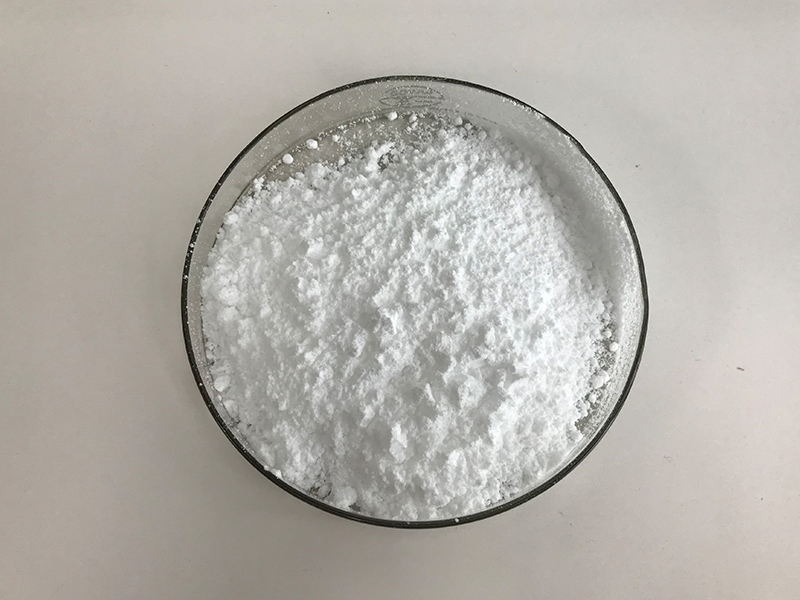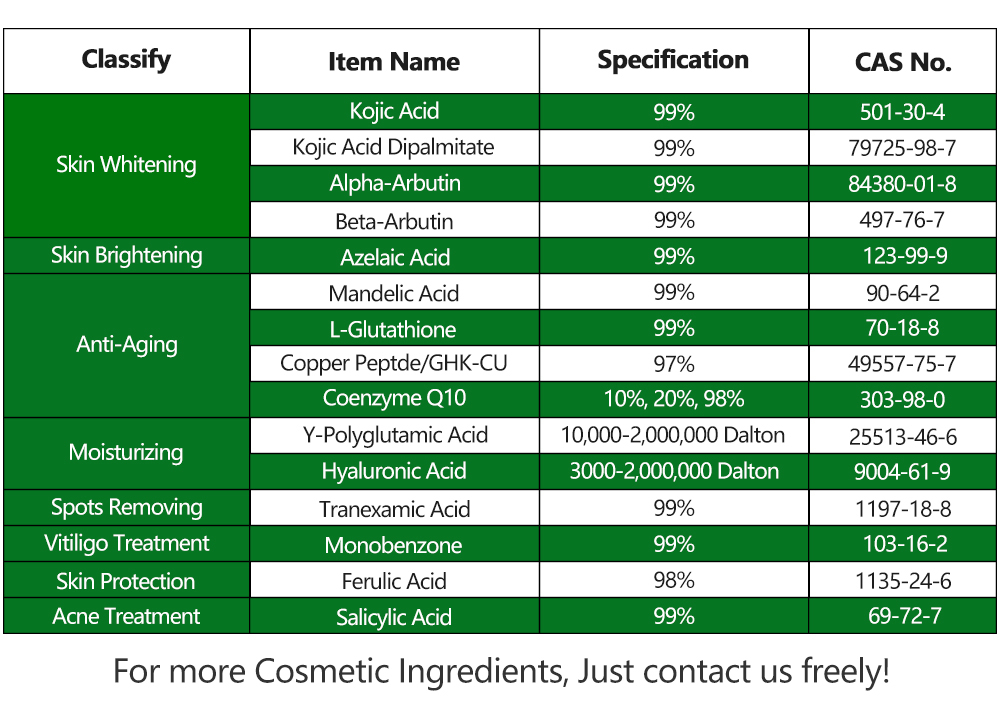Tranexamic acid (TXA) is a medication that is used to treat or prevent excessive bleeding. It works by helping to prevent blood clots from breaking down, which can reduce bleeding. Here are some key points about its effectiveness, side effects, and special considerations:
Effectiveness of Tranexamic Acid:
Hemorrhage Control: Tranexamic acid is highly effective in controlling bleeding, especially in situations where there is excessive bleeding due to surgery, trauma, or certain medical conditions. It is commonly used in surgeries, including orthopedic procedures and dental extractions, to minimize blood loss.

Menstrual Bleeding: Tranexamic acid is also used to treat heavy menstrual bleeding (menorrhagia). Studies have shown that it can significantly reduce the amount and duration of menstrual bleeding in many women.
Trauma and Postpartum Hemorrhage: Tranexamic acid is sometimes used to manage bleeding in trauma patients and postpartum hemorrhage. It has been a subject of research in these areas and has shown some promise.
Side Effects of Tranexamic Acid:
Gastrointestinal Disturbances: Common side effects include nausea, vomiting, and diarrhea. These side effects are generally mild and may improve with time.
Thromboembolic Events: There is a potential risk of blood clots (thromboembolic events) associated with tranexamic acid use. While this risk is relatively low, it is important to carefully evaluate the risk-benefit ratio, especially in individuals with a history of clotting disorders or who are at a high risk of developing clots.
Seizures: In rare cases, tranexamic acid has been associated with seizures, especially when used in high doses or in individuals with a history of seizures. Caution is advised in such cases.
Special Considerations of Tranexamic Acid:
Dosage: The appropriate dosage of tranexamic acid depends on the specific condition being treated. It is crucial to follow your healthcare provider’s instructions and not exceed the recommended dosage.
Contraindications: Tranexamic acid should not be used in individuals with a history of blood clots, thromboembolic disorders, or certain types of vascular diseases. It is also contraindicated in patients with hypersensitivity to the drug.
Pregnancy and Breastfeeding: The use of tranexamic acid during pregnancy and breastfeeding should be carefully considered, as its safety in these situations is not well-established.
Drug Interactions: Tranexamic acid may interact with other medications, particularly those that affect blood clotting. Inform your healthcare provider about all the medications you are taking.

Monitoring: If you are receiving tranexamic acid, your healthcare provider may monitor your clotting factors and overall health to ensure that the treatment is safe and effective.
Tranexamic acid is a valuable tool in the management of bleeding disorders and can significantly reduce the risk of excessive bleeding in various medical situations. However, its use should be under the guidance of a healthcare professional who can assess the individual’s specific needs and risks. Always discuss any concerns or questions with your healthcare provider before starting or continuing tranexamic acid treatment.
